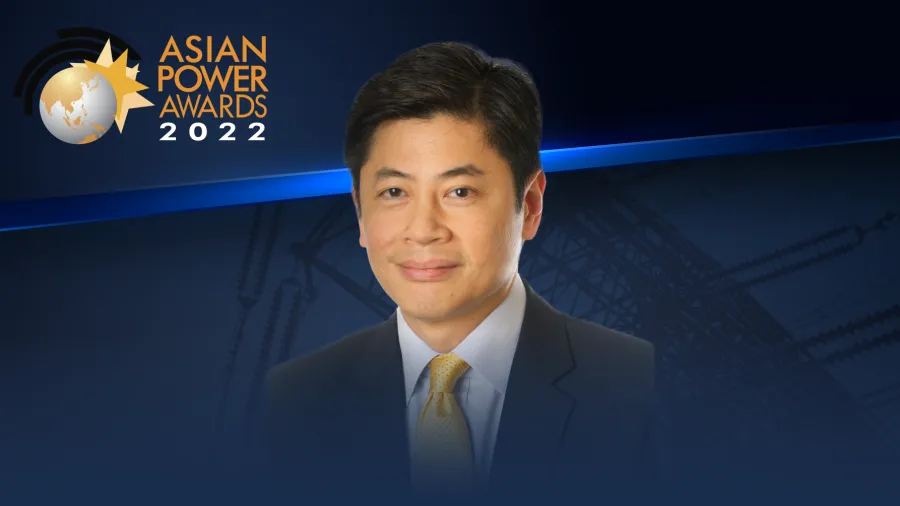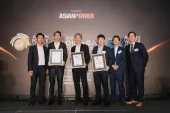
Limited land mass, equator proximity amongst constraints in RE deployment
Pinsent Masons Senior Advisor John Yeap noted that advancing technologies and the rollout of focused regulatory programmes will offer capacity for renewable energy (RE) to be tapped despite constraints.
Pinsent Masons Senior Advisor John Yeap has seen the Energy industry in Asia evolve through various economic and technological cycles. Until recently, Yeap was the Head of Energy in Asia for the organisation. He now ventures into a leadership role in the firm’s climate change and energy transition agenda across Asia, which includes a focus on renewable energy and broader energy transition issues such as green financing, ESG and decarbonisation.
With a career in the energy industry spanning more than three decades, he is delighted to see the region embracing energy transition in a manner previously unseen. Having been part of Asia’s carbon-intensive energy industry through the rapid economic growth of the 90s, his aspiration today is to support the same economies in their decarbonisation agenda.
Yeap, who also serves as one of the esteemed judges for this year’s Asian Power Awards, takes a look into the growing RE market in Asia, the region’s net-zero commitment, and how such growth can be further accelerated.
How would you assess the Asian market’s deployment of renewable energy?
With Net Zero targets set in much of Asia, it is unavoidable that there will be continued and increased focus on the role of RE. Solar rooftop has been successful in several countries such as Vietnam, Thailand and Malaysia, and onshore wind also has had some limited success. Limited land mass for many of the countries in the region will however constrain the deployment of solar, and the proximity to the equator will also limit the deployment of wind. However, with advancing technologies and the rollout of focused regulatory programmes to increase the use of RE, there is undoubtedly still much capacity for both solar and wind to be tapped across the region.
Aside from China and India, which countries in Asia are leading in the adoption of renewable energy? Which markets are lagging behind?
There are undoubtedly some clear success stories across the region for RE. Vietnam for instance has done exceedingly well with rooftop solar. Malaysia and Thailand similarly have made significant advances in solar. Wind has more limited opportunities in the region but we have nevertheless seen progress in the Philippines and Vietnam. Indonesia has significant RE resources, including geothermal and with the phase-out of coal plants anticipated in the nation, we anticipate RE will play an increasingly vital role in the coming few years.
Are there any challenges in the adoption of solar PV in the region? What are these and how can they be addressed?
The limited landmass is a typical constraint across much of SE Asia. Distribution networks as well as regulatory frameworks are other considerations.
How can the adoption of renewable energy be further accelerated this year? What RE sector has the most potential to grow in the region?
RE growth will be driven by a nation’s commitment to Net Zero. With nations traditionally reliant on fossil generation-based power generation, the increasing focus on decarbonisation accentuates the need for further deployment of RE. Solar, onshore wind, and to some extent, offshore wind will be the key drivers. Regulatory progress around geothermal may also see resources having more meaningful roles in Indonesia and the Philippines. Hydrogen will likely remain aspirational for the time being in the region given the cost dynamics for green hydrogen.
As a judge in the Asia Power Awards, what projects or innovations are you expecting to find amongst the entries?
It will be interesting to see what innovation we will see around technological improvements around offshore wind and green hydrogen. The continuing convergence of technology and energy may also hopefully see smarter ways to deliver low-carbon power and also the reduction of carbon emissions from both demand and supply.



















 Advertise
Advertise






